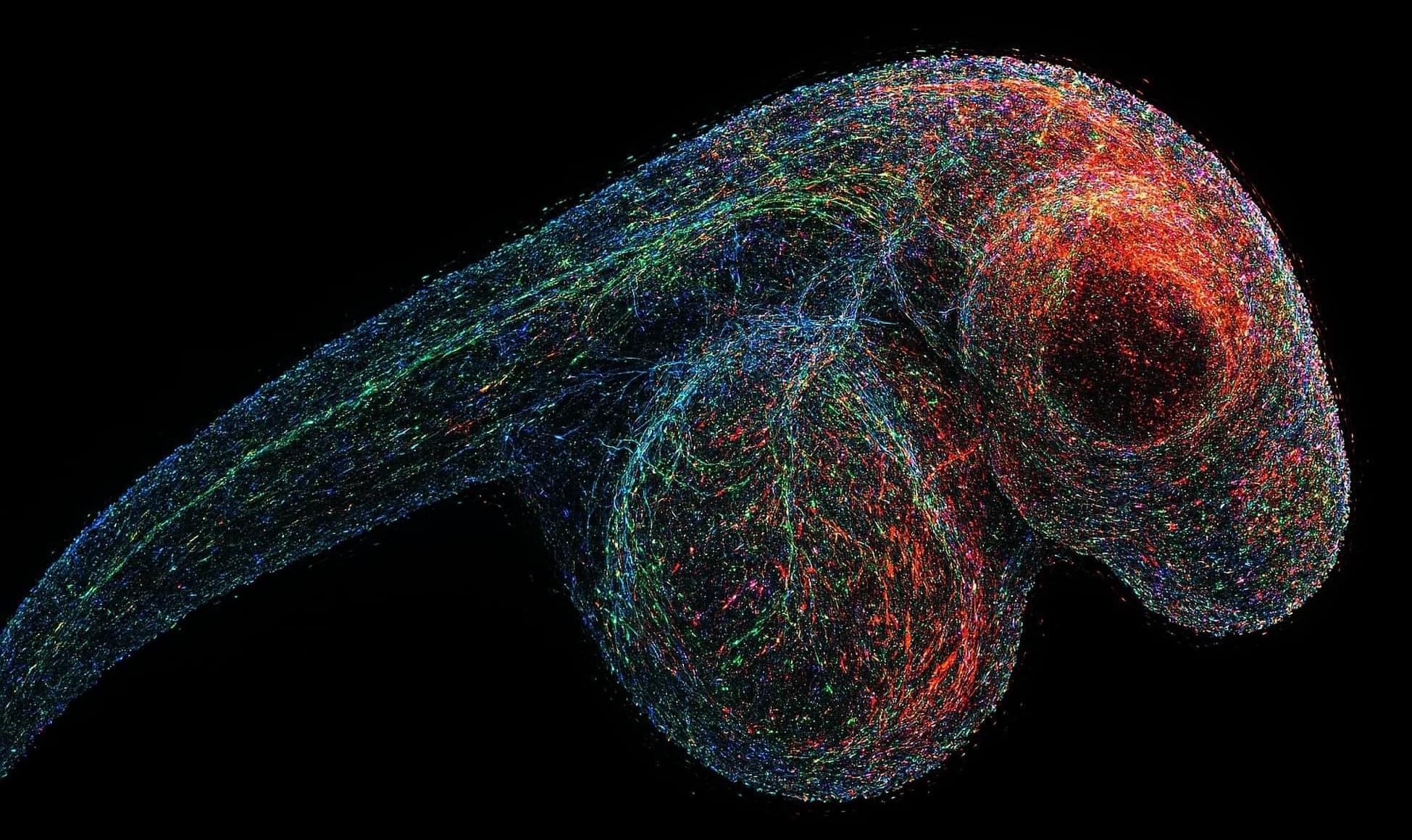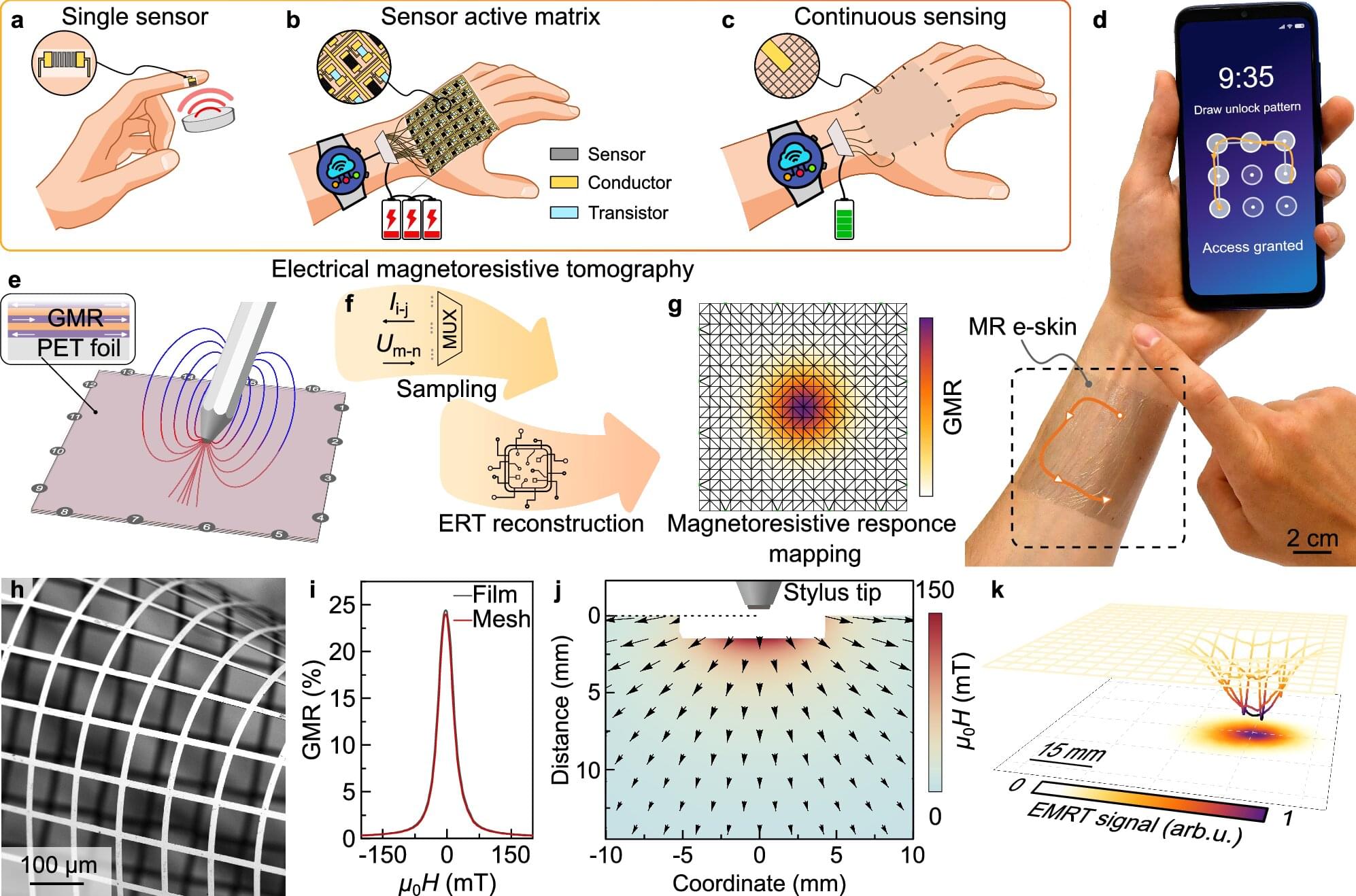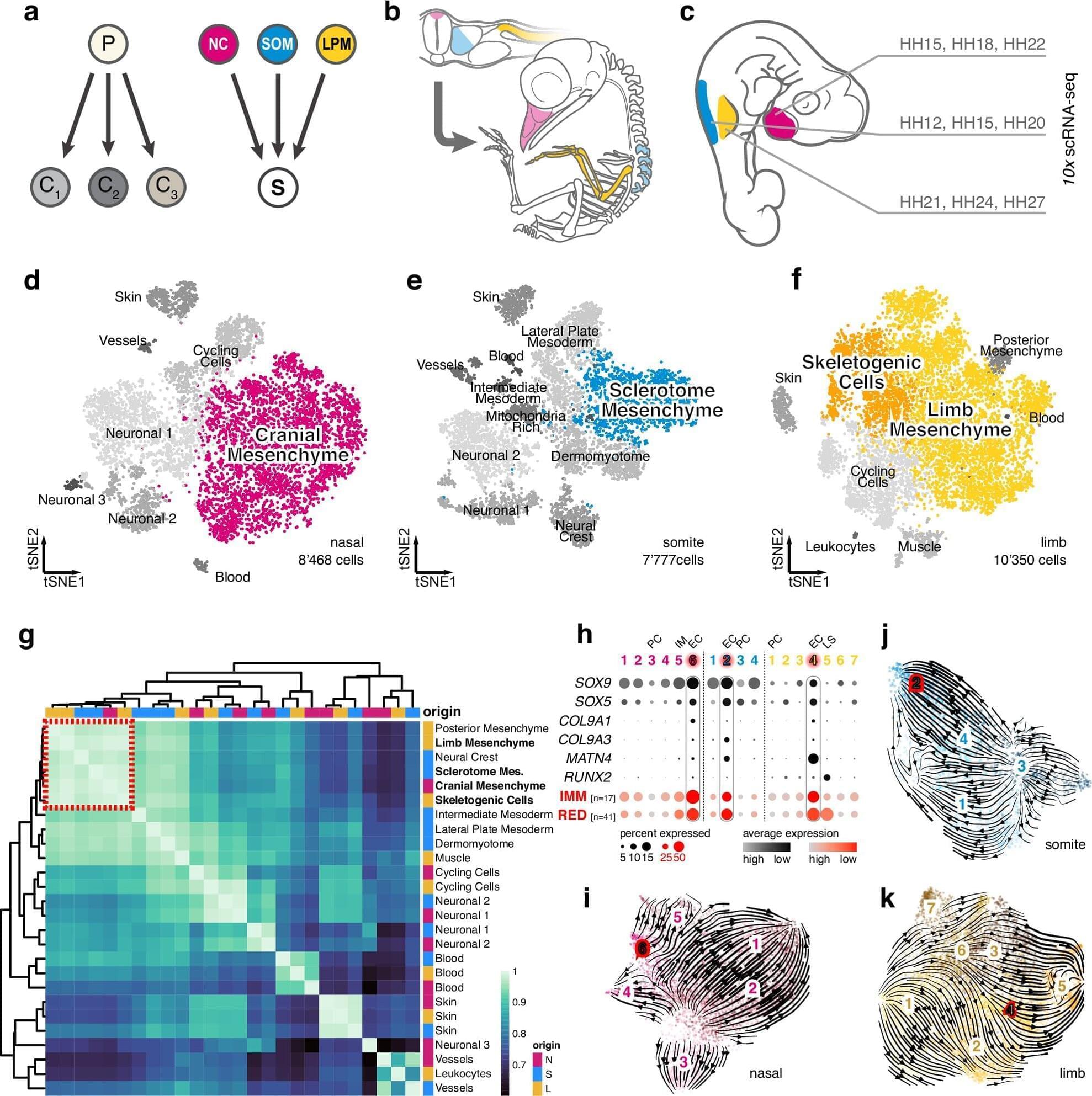How can young adults address potential heart risks later in life as they mature into adulthood? This is what a recent study published in the Journal of the | Cardiology
Tesla is preparing to launch its robo taxi in June, leveraging its unique autonomy and data advantages to navigate challenges such as new tariffs and production shifts, while positioning itself for significant growth amid declining competitor viability ## Questions to inspire discussion ## Tesla’s Robo Taxi Service.
🚕 Q: When and where is Tesla launching its robo taxi service? A: Tesla’s robo taxi service is set to launch in Austin, Texas in June 2025, with plans for a nationwide rollout in the US later that year.
🏎️ Q: What vehicles will be eligible for Tesla’s robo taxi service? A: The service will be available on all vehicles equipped with Full Self-Driving (FSD) capability, including existing Model 3 and Model Y, not just the upcoming Cybertruck.
💰 Q: How will Tesla’s robo taxi network economics work? A: The economics will be based on cost per mile, factoring in low capital costs of Tesla EVs and low power consumption of their onboard autonomy systems.
📊 Q: What competitive advantage does Tesla have in the robo taxi market? A: Tesla’s existing fleet of billions of miles of deployed vehicles and hundreds of thousands of users provide a massive data advantage for improving and assessing the service. ## Tariffs and Supply Chain.
🏭 Q: What is Tesla’s supply chain strategy? A: Tesla aims to build cars where sold for environmental reasons, which is considered best practice in network design but extremely difficult to implement.
The company has been negotiating with both the Austin city authorities and the city’s autonomous vehicle working group since May 2024 regarding the introduction of the Robotaxi service safely. Set for release in June 2025, this fully self-driving fleet is a backup plan to the journey that Tesla is eager to accomplish of manufacturing electric and self-driving vehicles that can revolutionize city transportation.
During the Q4 2024 earnings conference call on January 29, Elon Musk announced the plan for the Robotaxi rollout in Austin. At the end of the interview, Musk further said, “We feel confident in being able to do an initial launch of unsupervised, no one in the car, full self-driving in Austin in June.” He noted that the process would be progressive to avoid risks that are associated with accidents and legal issues.
The future is autonomous & it starts in Austin, this June.
We got a bird flu simulator before GTA 6… 🐔
But seriously – why does bird flu spread so quickly and why is it so difficult to contain its spread? Let’s look at it together.
#kurzgesagt.
#inanutshell #kurzgesagt_inanutshell #learnwithshorts #science #birdflu #birdflutreatment #biology.
Sources & further reading:
https://sites.google.com/view/kgs-tiktok-sources.
Follow us for more sciencey content! 🦆
OUR CHANNELS
Want to restore the planet’s ecosystems and see your impact in monthly videos? The first 200 people to join Planet Wild with my code SABINE23 will get the first month for free at https://planetwild.com/r/sabinehossen…
If you want to get to know them better first, check out their latest mission, where they go on to Kenya to find a more peaceful solution for the coexistence of lions and farms. https://planetwild.com/r/sabinehossen…
Last month, DARPA published a call for proposals on how to “grow” massive biological structures in space. It’s not as crazy as it sounds: The space race is heating up outside of the weird space biology sector. Some startups are building self-assembling space habitats, others are working on spaceports, and the ISS’s successor is in development. Let’s take a look.
The DARPA Call: https://sam.gov/opp/426e5868fcf74dd4a…
🤓 Check out my new quiz app ➜ http://quizwithit.com/
💌 Support me on Donorbox ➜ https://donorbox.org/swtg.
📝 Transcripts and written news on Substack ➜ https://sciencewtg.substack.com/
👉 Transcript with links to references on Patreon ➜ / sabine.
📩 Free weekly science newsletter ➜ https://sabinehossenfelder.com/newsle…
👂 Audio only podcast ➜ https://open.spotify.com/show/0MkNfXl…
🔗 Join this channel to get access to perks ➜
/ @sabinehossenfelder.
🖼️ On instagram ➜ / sciencewtg.
#science #sciencenews #space #tech
What if you could take a picture of every gene inside a living organism—not with light, but with DNA itself? Scientists at the University of Chicago have pioneered a revolutionary imaging technique called volumetric DNA microscopy. It builds intricate 3D maps of genetic material by tagging and tr
Imagine navigating a virtual reality with contact lenses or operating your smartphone underwater: This and more could soon be a reality thanks to innovative e-skins.
A research team led by the Helmholtz-Zentrum Dresden-Rossendorf (HZDR) has developed an electronic skin that detects and precisely tracks magnetic fields with a single global sensor. This artificial skin is not only light, transparent and permeable, but also mimics the interactions of real skin and the brain, as the team reports in the journal Nature Communications.
Originally developed for robotics, e-skins imitate the properties of real skin. They can give robots a sense of touch or replace lost senses in humans. Some can even detect chemical substances or magnetic fields. But the technology also has its limits. Highly functional e-skins are often impractical because they rely on extensive electronics and large batteries.
In vertebrates, the skeleton of different regions of the body arises from different precursor cells. Researchers at the University of Basel have now discovered that these skeletal cells do not just differ in their developmental origin, but also in their gene regulation—which may be a key to the vertebrates’ evolutionary success story.
From the skull to the smallest bone in your pinky toe, the skeleton acts as internal scaffolding to give stability to the body, and forms protective cocoons around important organs. Despite their similar structure, however, not all bones are created equal: in vertebrates (including humans), the various parts of the skeleton arise from different groups of precursor cells during embryonic development.
During this process, each group produces its own set of regulator proteins and goes through its own developmental program to produce cartilage and bone. Researchers from the University of Basel have reported these findings in the journal Nature Communications.
Video shows Mount Kilauea, Hawaii’s most active volcano, launching fountains of molten lava up to 180 metres high.
Representative Nick Begich said he intervened to block the lease termination for the building housing the Alaska Volcano Observatory.









